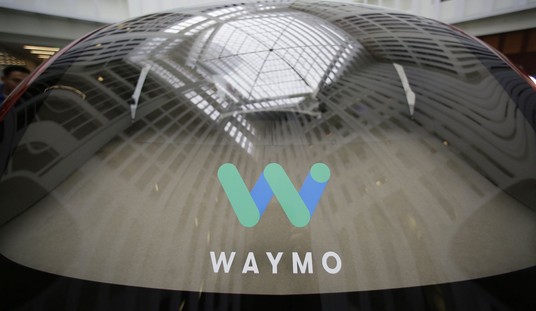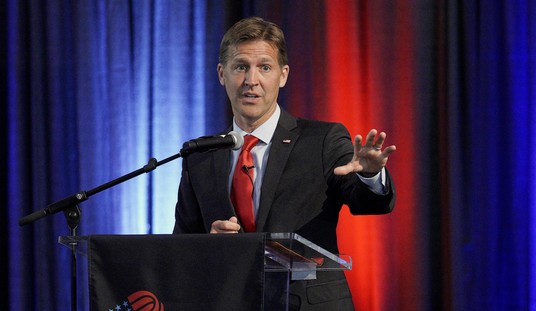The Seattle Times reports that the city’s mayor is quietly trying to clean up homeless encampments and has so far collected 42,000 pounds of trash in just three weeks. But it seems efforts to break up vehicular encampments (people living in cars) are going about as well as could be expected:
The program, which quietly started in mid-May, has resulted in the collection of almost 42,000 pounds of garbage and waste from cleanups around RVs and other vehicles parked in Sodo, Georgetown, Ballard and the Central District.
But in the meantime, residents of these vans and RVs continue to play a cat-and-mouse game with the city to avoid getting towed. At a cleanup in Sodo last week, several RV and camper residents simply moved a few blocks away from where they had originally parked.
The new initiative comes as King County’s annual homeless Point in Time count found, once again, that homeless vehicle camping outpaced homeless people sleeping in tents. The snapshot count found more than 3,300 people sleeping in vehicles in the county, a 46 percent increase from the previous year…
At Wednesday’s cleanup, most vehicles parked along Sixth Avenue were gone when city workers from an alphabet soup of departments — utilities, parks, police, transportation and administrative services — showed up…
Many of the vehicles simply relocated farther north along Sixth Avenue, finding another curb along which to park.
Last week Seattle’s mayor announced a new homeless initiative which will cost $11 million in the first year. The goal is to create more “tiny homes” encampments where the homeless can live without any regulation of their drug or alcohol use. But the group Speak Out Seattle, which opposed the head city’s head tax, is now opposing the new spending as well. The group is pointing to a document published in May by the Interagency Council on Homelessness which offered a warning about so-called sanctioned encampments:
Creating these environments may make it look and feel like the community is taking action to end homelessness on the surface—but, by themselves, they have little impact on reducing homelessness. Ultimately, access to stable housing that people can afford, with the right level of services to help them succeed, is what ends homelessness. People staying within such settings are still unsheltered, still living outside, and remain homelessness – and oftentimes, these settings are not providing them with a truly safe, healthy, and secure environment…
For example, communities often find that temporary sheds (which are sometimes referred to as “tiny homes”) or other structures that may have been put up in these settings do not hold up over time and require significant upgrades and/or repairs. Maintaining a hygienic environment can prove challenging if there are not adequate sanitation facilities at the sites.
In short, this is an expensive, feel-good effort that is not going to significantly improve the homeless situation and which is likely to increase crime in the area and cost far more long-term than the $11 million the mayor is proposing to spend. Maintaining these new camps is expected to cost nearly $9 million a year for as long as they remain in place, but the city has no funding set aside for that at present.
There are more permanent solutions on the drawing board but building thousands of higher-density, affordable housing is going to take time. In the meantime, the city is going to keep chasing these vehicular homeless camps from one street to another and cleaning up after the mess they leave behind.








Join the conversation as a VIP Member